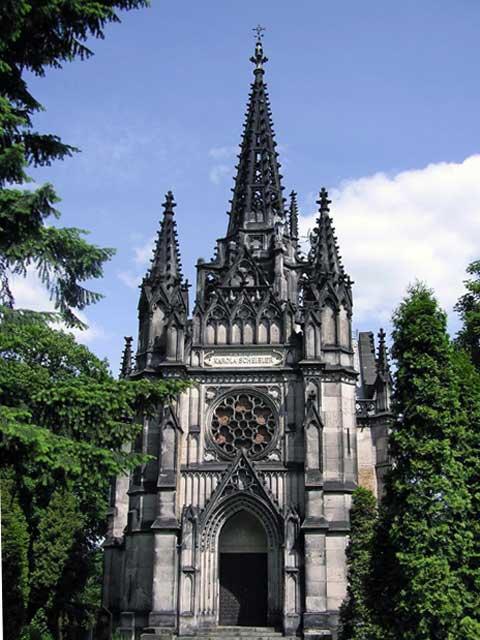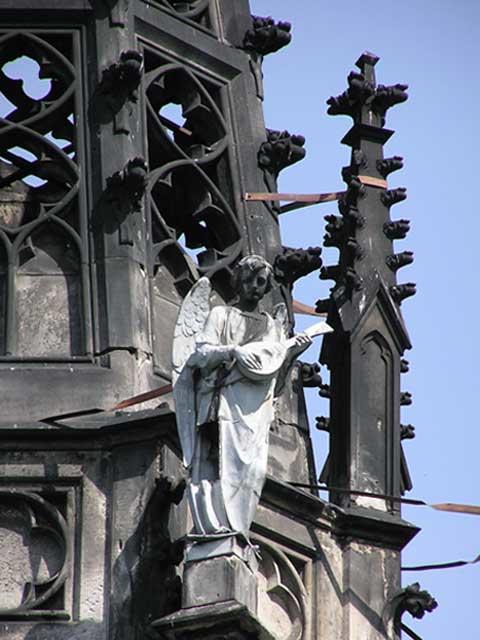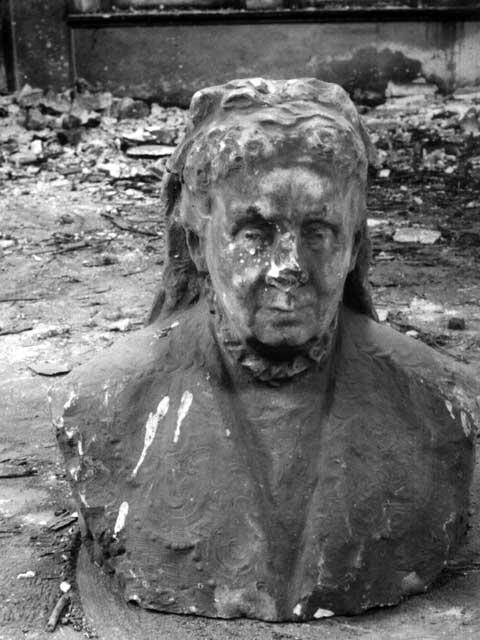Mausoleum of Karol Scheibler
2006 World Monuments Watch
Karol Scheibler, textile magnate and philanthropist, oversaw the transformation of Łodz from a quiet agricultural town into a major industrial center in the nineteenth century. After his death in 1881, his wife commissioned a chapel-mausoleum inspired by the architecture of the St. Chapelle in Paris and St. Stephen’s Dome in Vienna. Covered with decorative stonework, the monument is a fine example of Eastern European Neo-Gothic architecture. The mausoleum remained in the Scheibler family until WWII, when it became the property of the local church. After the war, the crypt was raided and the remains inside destroyed. Today, the building, although structurally stable, suffers from neglect, water infiltration, and vegetation growth. Trusses have rotted, stained glass windows have been filled in with bricks, and ornamental metalwork has been stripped from the site.
Since the Watch
Important progress has been made to fully restore this monument, with efforts led by the Foundation For Saving Karol Scheibler's Chapel (Fundacja Na Rzecz Ratowania Kaplicy Karola Scheiblera). Following the 2006 Watch, a conservation study was commissioned from Nicolaus Copernicus University in Toruń, and a restoration project has been ongoing with the support of the city of Łódź. Drainage improvements have been completed in the area around the Mausoleum, and the tower and parts of the apse have been restored. Conservation and fundraising are ongoing, and guided tours and other public events frequently take place. In 2010, an anonymous donor offered 4 million złoty for the completion of the restoration of the monument to the Foundation. December 2011



